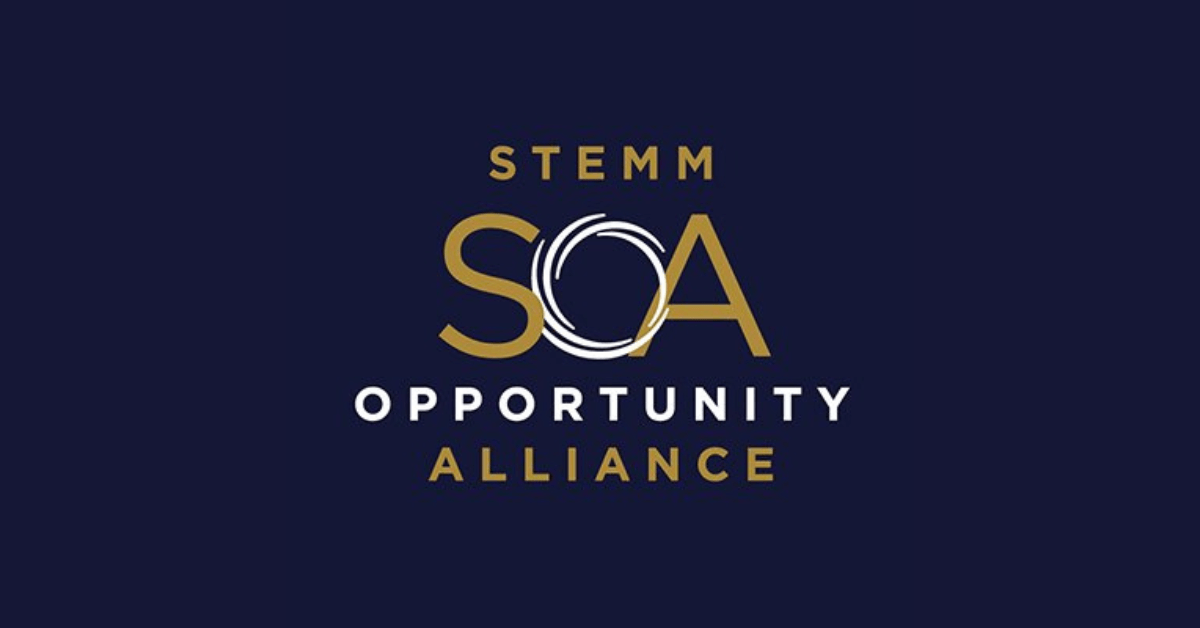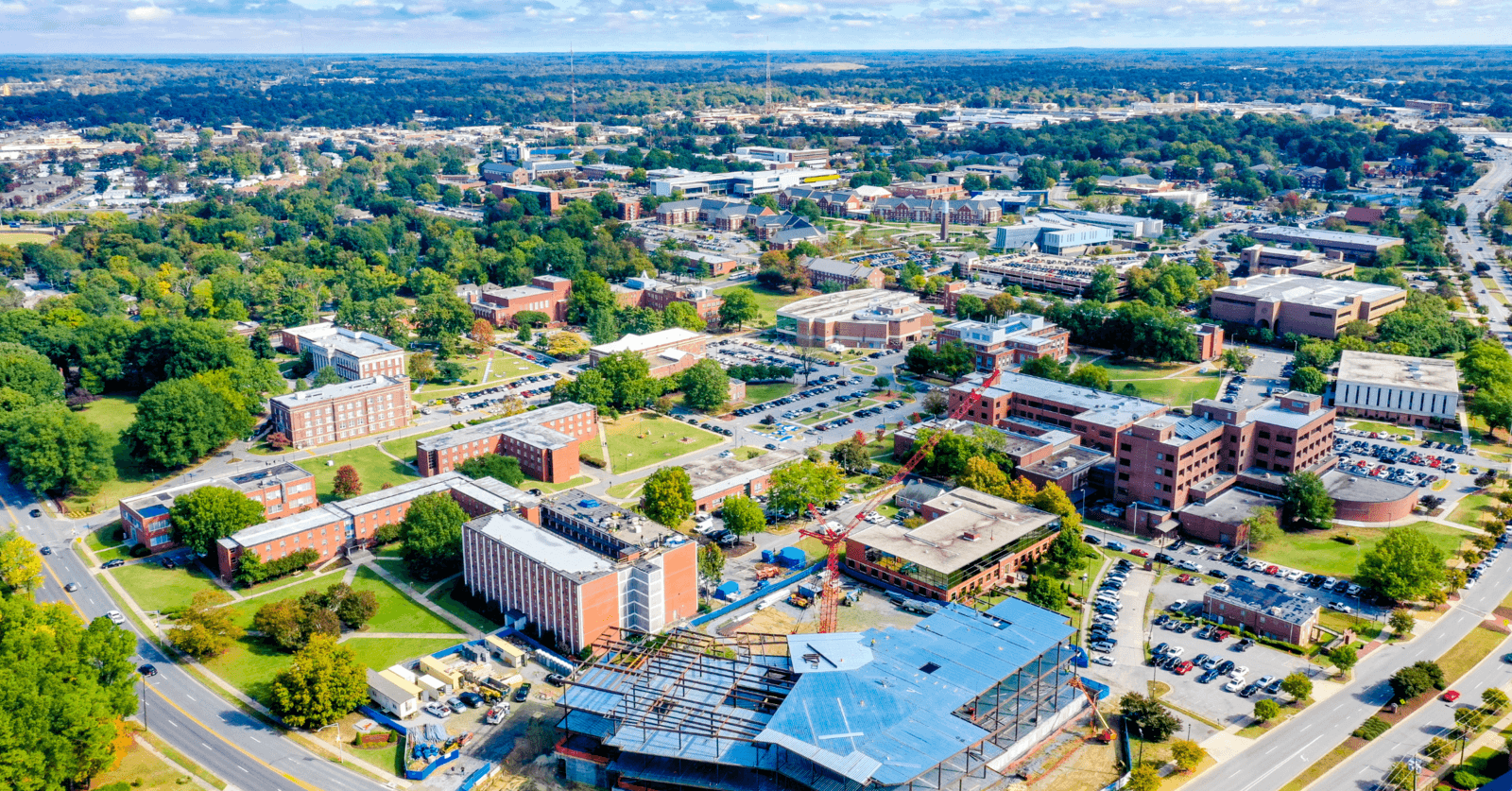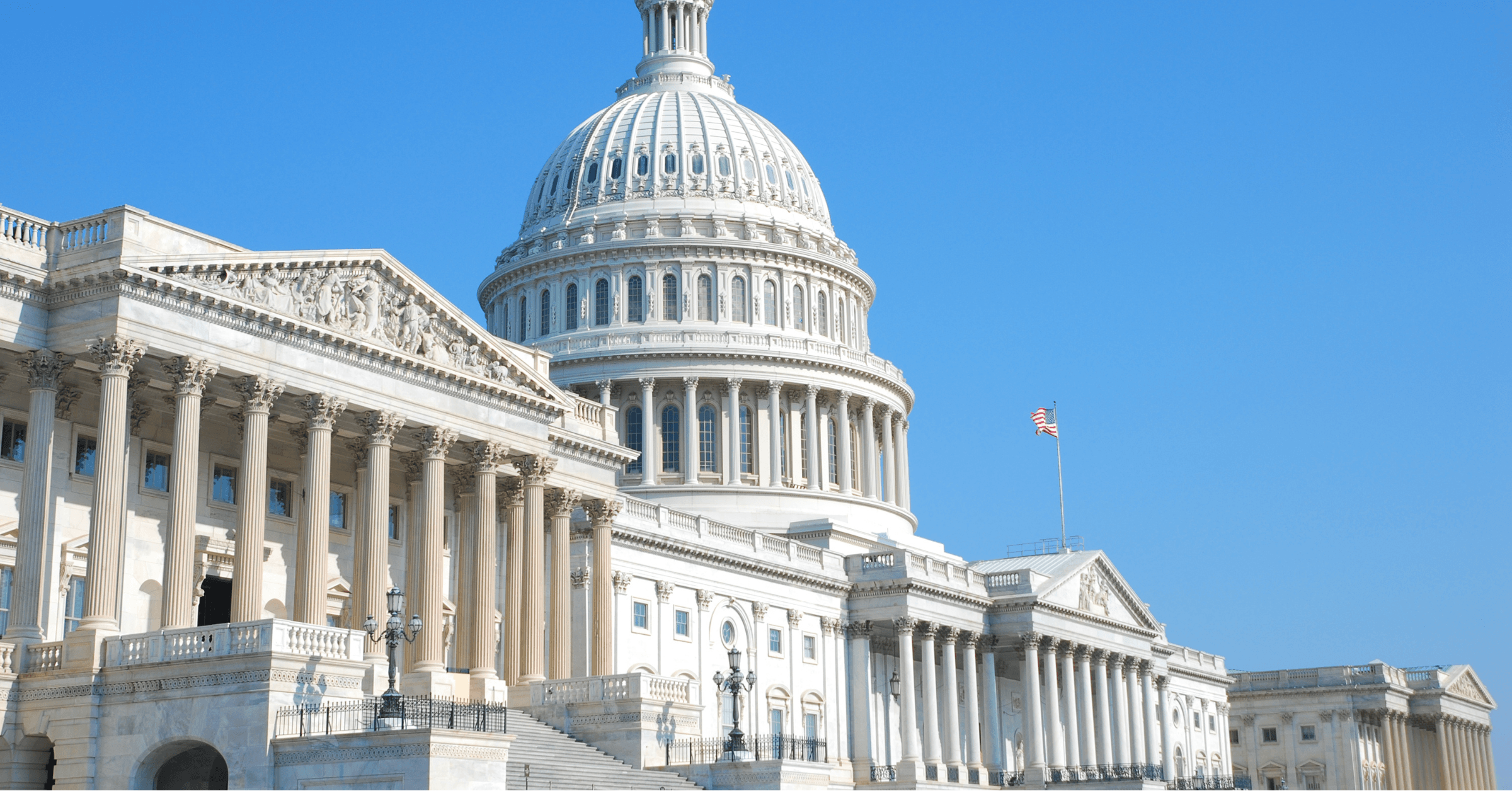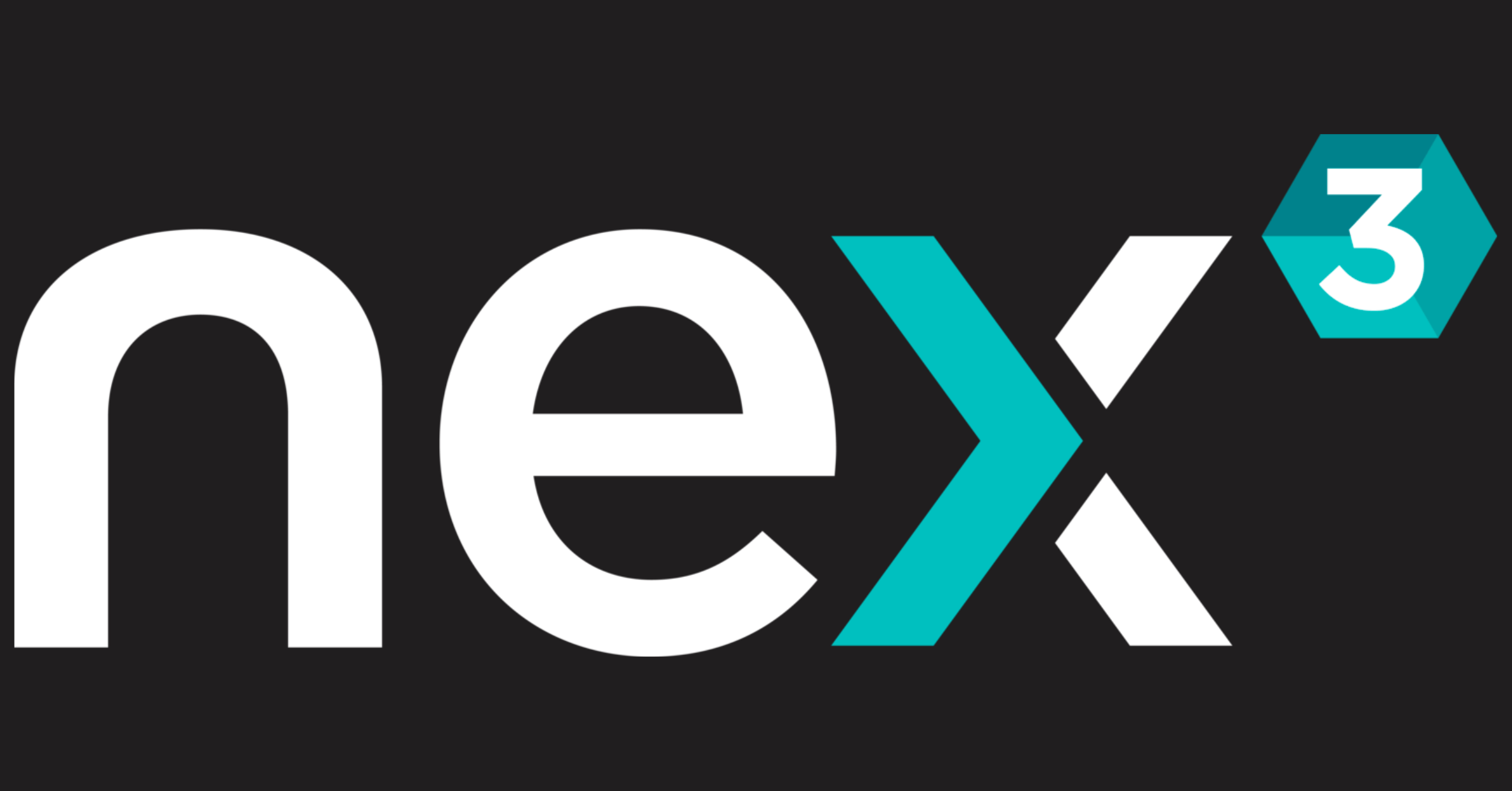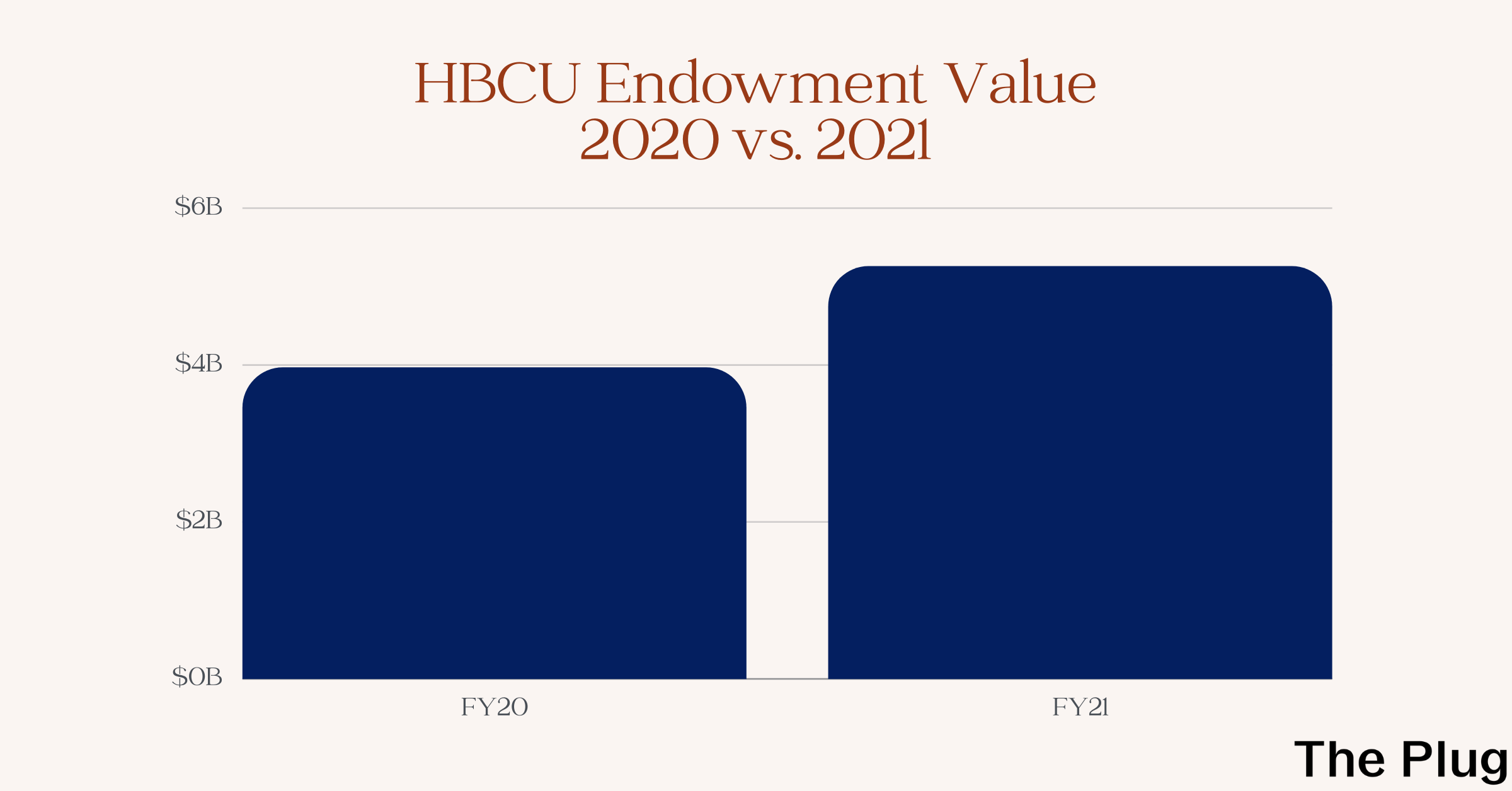KEY INSIGHTS:
- The White House launched the STEMM Opportunity Alliance this week.
- The alliance unites more than 90 partners working towards making the science and technology ecosystems more equitable.
- HBCUs and programs aimed at supporting HBCU students are key to the initiative.
This week, the White House launched a historic initiative to address inequities in science, technology, engineering, math and medicine (STEMM). Morgan State University and Spelman College are playing key roles in this initiative, the STEMM Opportunity Alliance.
The alliance is uniting more than 90 foundations, corporations, colleges, national associations and community organizations like the American Association for the Advancement of Science, Microsoft, the Kapor Center, Merck and more to collectively drive change in the STEMM ecosystem with an investment of more than $1.2 billion.
“Believe it or not, there’s never been a coordinated national effort toward achieving equity and excellence in the U.S. science and technology ecosystem,” Alondra Nelson, Deputy Director for Science and Society at the White House Office of Science and Technology Policy, told reporters.
“Often our approaches to STEMM and STEMM equity have been sector or silo-specific, so only higher ed, only pre-K to 12. And what we’re attempting to do here is to really coordinate across sectors and across the silos in a way that we hope will have exponential impact and transformative change,” Nelson said.
The STEMM Opportunity Alliance (SOA) hopes to ensure equity in science and technology by 2050. To achieve that goal, SOA will work across five main action areas:
- Provide learners, teachers, workers and communities support to participate in and contribute to science and technology
- Address the STEMM teacher shortage by building a recruiting pipeline
- Support researchers and communities who have been historically excluded from access to resources and close the funding gap
- Address bias, discrimination and harassment in the classroom, laboratory and workplace
- Use data and benchmarks to promote accountability across the STEMM ecosystem
HBCUs and programs aimed at supporting HBCU students are supporting these action areas. Helene Gayle, President of Spelman, and David Wilson, President of Morgan, are also on the 25-member SOA advisory council.
“[HBCUs] have to be one of the all-stars in this effort,” Sudip Parikh, CEO of the American Association for the Advancement of Science, told The Plug.
Spelman providing research and insights on Black women in science
Spelman is working with the alliance to help promote accountability in the science and technology ecosystem. The school’s Center of Excellence for Minority Women in STEM recently launched the STEM Equity Research Hub, the initial component of a national repository of data and resources focused on Black, Latina and Indigenous women in STEM.
In October, this center received the largest single grant that Google.org, the tech giant’s charitable arm, has awarded to support a project focused on women of color in STEM.
Spelman is working on developing a publicly accessible data dashboard to compile in one central hub research on the experiences and “untold stories” of Black women in science.
The hub will support Spelman faculty in completing projects and publications that highlight Spelman’s effective practices, fund Spelman students to develop research projects and conduct research at the intersection of social justice and STEM, and offer opportunities to faculty and students to enhance their knowledge about conducting research on STEM equity.
“Black women continue to play pivotal roles in various scientific disciplines,” Gayle said in a release. “Being able to effectively document those efforts will strengthen our ability to elevate and value the voices, research, and intersectional experiences of these women.”
Morgan expanding its research opportunities
As part of SOA, Morgan is working toward the first action area to provide opportunities in science and technology for Black students.
Morgan has launched three new research centers this year: the Center for Data Analytics and Sports Gaming Research, the Center for Equitable Artificial Intelligence and Machine Learning Systems and the Center for Urban Violence and Crime Reduction. The Baltimore-based HBCU also launched a cybersecurity research center in 2018 and the Center for Urban Health Equity (CUHE) in 2021.
These centers provide students and faculty more opportunities to conduct research while aiding Morgan in its goal of reaching R1 status. Morgan also plans to engage its community and officials in applying the learnings derived from faculty and student research.
Outside organizations investing in programs for HBCU students
Alongside the work that Morgan and Spelman are doing as part of SOA, multiple institutions and government agencies are also creating initiatives to provide opportunities for HBCU students in science and technology.
The Howard Hughes Medical Institute (HHMI), a nonprofit research organization, will establish a new program to provide 200 graduates with employment and training in its research labs to bolster their pursuit of a Ph.D. in the life sciences. HHMI says it will establish several new partnerships with HBCUs for this program.
The Chan Zuckerberg Initiative is investing $46 million over the next five years in the nation’s four Historically Black Medical Colleges (HBMCs) — Charles Drew University College of Medicine; Howard University College of Medicine; Meharry Medical College; and Morehouse School of Medicine to expand access to precision and genomic medicine. Through the partnership, the HBMCs are expanding research opportunities for students, hiring faculty and creating a new master’s program in genetic counseling.
Johns Hopkins University is launching a $150 million effort to address historical underrepresentation in STEMM. The effort will expand research-intensive summer experiences for students from HBCUs and minority-serving institutions. It will also add approximately 100 new slots for diverse students to pursue a Ph.D. from Johns Hopkins.
Healthcare company Novartis is increasing its investment in an initiative to support talent and research at more than two dozen HBMCs and HBCUs, along with other organizations. The company plans to now dedicate $50 million, up from $33.7 million, to this effort. The initiative is a 10-year collaboration that includes scholarships, mentorship, internships and faculty research grants at the partner schools. It also includes support for centers of excellence dedicated to addressing clinical trial diversity, diagnostic data standards and the impact of environmental and climate factors on health.
The National Science Foundation awarded $21.4 million to a program aimed at increasing research capacity and broadening participation in quantum information science. The program is dedicating resources to students and institutions to initiate or expand QIS-related research programs, including at three HBCUs.
The Department of Housing and Urban Development is allocating $5.5 million for HBCUs to establish Research Centers of Excellence focused on building science and technology capacity in housing and community development.
NASA will establish data science institutes led by Predominantly Black Institutions or HBCUs for data-intensive research in science and engineering that can accelerate discovery and innovation.

